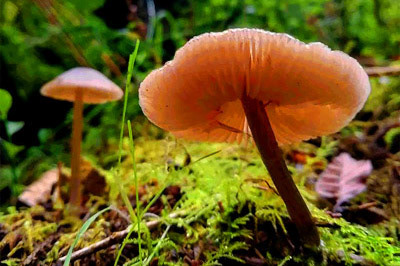
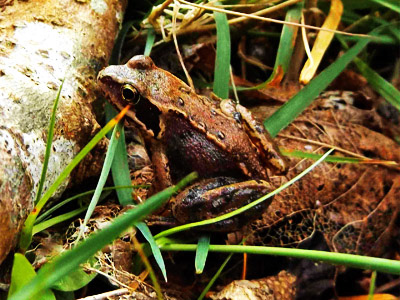
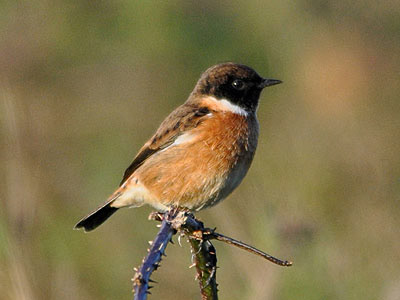
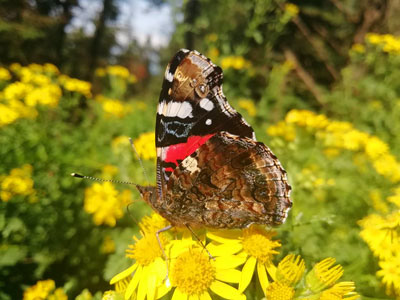
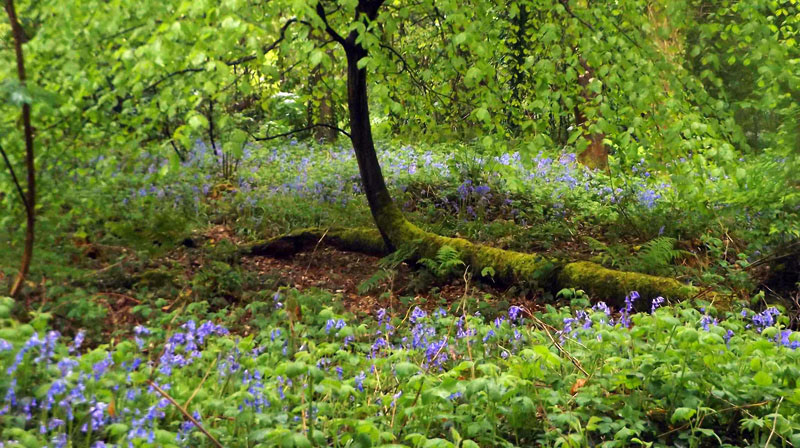

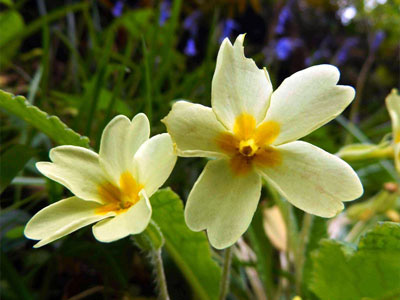


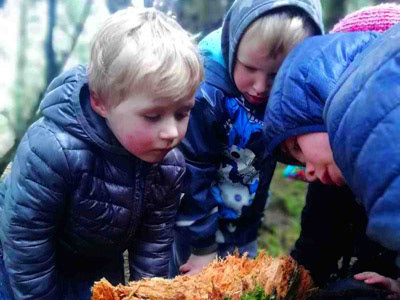
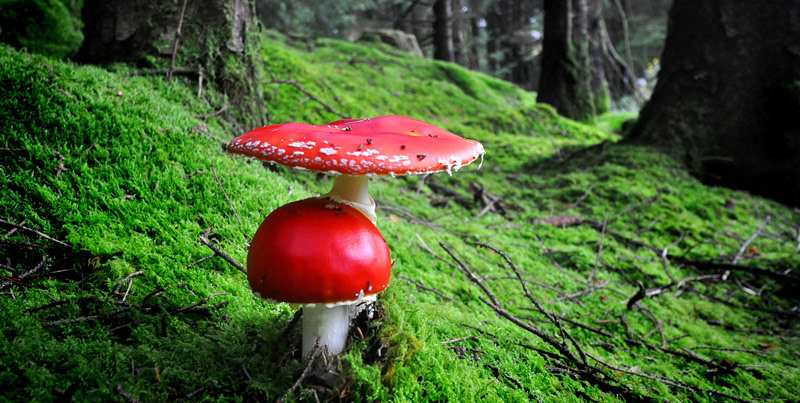
Biodiversity is the shortened form of the words "Biological" and "Diversity". Biodiversity boosts ecosystems productivity, which in turn ensures the sustainability of all the life forms within that ecosystem. Healthy ecosystems provide clean water, pure air, enrich soil and regulate our climate. Recent studies have shown biodiversity is also hugely beneficial to our mental health and well-being.
Tara hill is an excellent area for wild plants and wildlife. There are many different habitats on the hill supporting many different animals and plants, woodland, hedgerow, scrub, streams, wetlands and farmlands. A large selection of mammals found in Ireland can be found on Tara hill, hares, foxes, badgers, red and grey squirrels, rabbits, hedgehogs, pygmy shrew. Also a large selection of bird life live here some of which are getting scarce in Ireland and need our help to preserve their habitats, e.g., hen harrier and curlew. Also there are buzzards, owls, ravens, kestrels, tree creepers and skylarks, as well as all the common garden birds. Bats are also present on the hill, which shows the large moth and insect life present to support them, which in turn live on the plant life found on the hill.
As the hill has been felled over the last number of years and large areas of sitka removed this will help with plant life recolonising these areas in the short term until the new trees cover in the area again. There is a good mix of native plants e.g., holly, blackthorn, whitethorn, ivy, bilberry, bell heather, St Johns wort, foxglove, cow parsley, bluebells, wood sorrel, primrose and prunella to name but a few. Also a mix of forestry trees are present some of little value to the biodiversity of the hill but there areas of old scot pines and oak, ash, rowan, wild cherry, birch and hazel. Please support local biodiversity conservation or visit www.biodiversityireland.ie
Biodiversity Data Capture App
Data capture application, designed for aiding submission of sighting records of Ireland’s biodiversity to the National Biodiversity Data Centre, a national repository of over 4 million species occurrence records for more than 16,000 species.
iOS App Download Here
Android App Download Here
